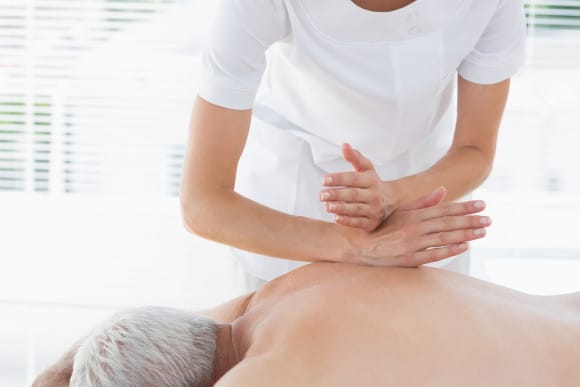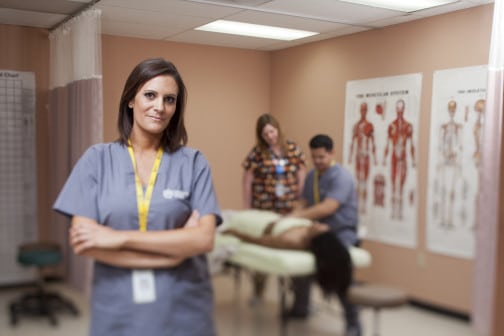No, we’re not talking about seniors in high school or college (although they could probably benefit from a massage, too), we’re talking about the grandma and grandpa variety. People 65 and older represent a growing population. According to the most recent U.S. census data[1], about 14 percent of the U.S. population are seniors. 
- Parkinson’s: Massage can help calm the nervous system and ease tremors and shaking.
- Alzheimer’s and Dementia: The personal connection between a therapist and patient can provide a sense of physical and emotional comfort.
- Arthritis and Osteoporosis: Heating up the muscles with massage can help increase range of motion and improve mobility and functionality for the client.
- Cancer: Gentle touch can provide a great sense of relief to someone struggling with a potentially terminal illness such as cancer.

- Conferring with clients about problems with stress, pain and their medical history.
- Developing and proposing client treatment plans.
- Massaging the muscles and soft tissues to treat medical conditions, injuries or to maintain overall wellness.
- Maintaining records of prognosis, treatment, response and progress.
- Instructing clients about techniques for postural improvement, stretching, relaxation and rehabilitative exercise.
 As a massage therapist, you’ll get the opportunity to help people from all age groups and walks of life. Knowing how to address the needs of each population will help prepare you for your career as a massage therapist.
As a massage therapist, you’ll get the opportunity to help people from all age groups and walks of life. Knowing how to address the needs of each population will help prepare you for your career as a massage therapist.
[1] http://www.aoa.acl.gov/Aging_Statistics/index.aspx [2] For comprehensive consumer information, visit carrington.edu/cc/mt



